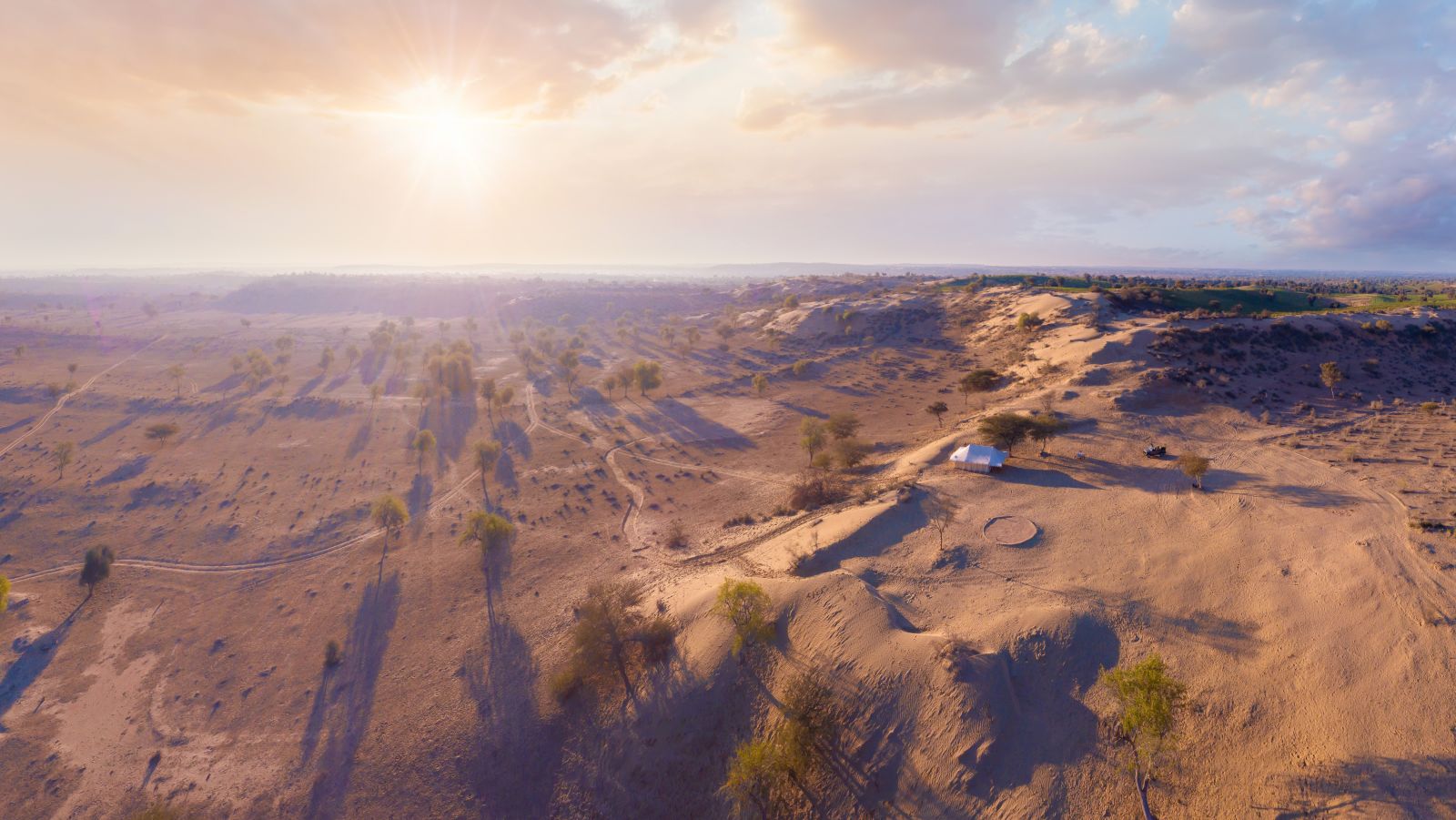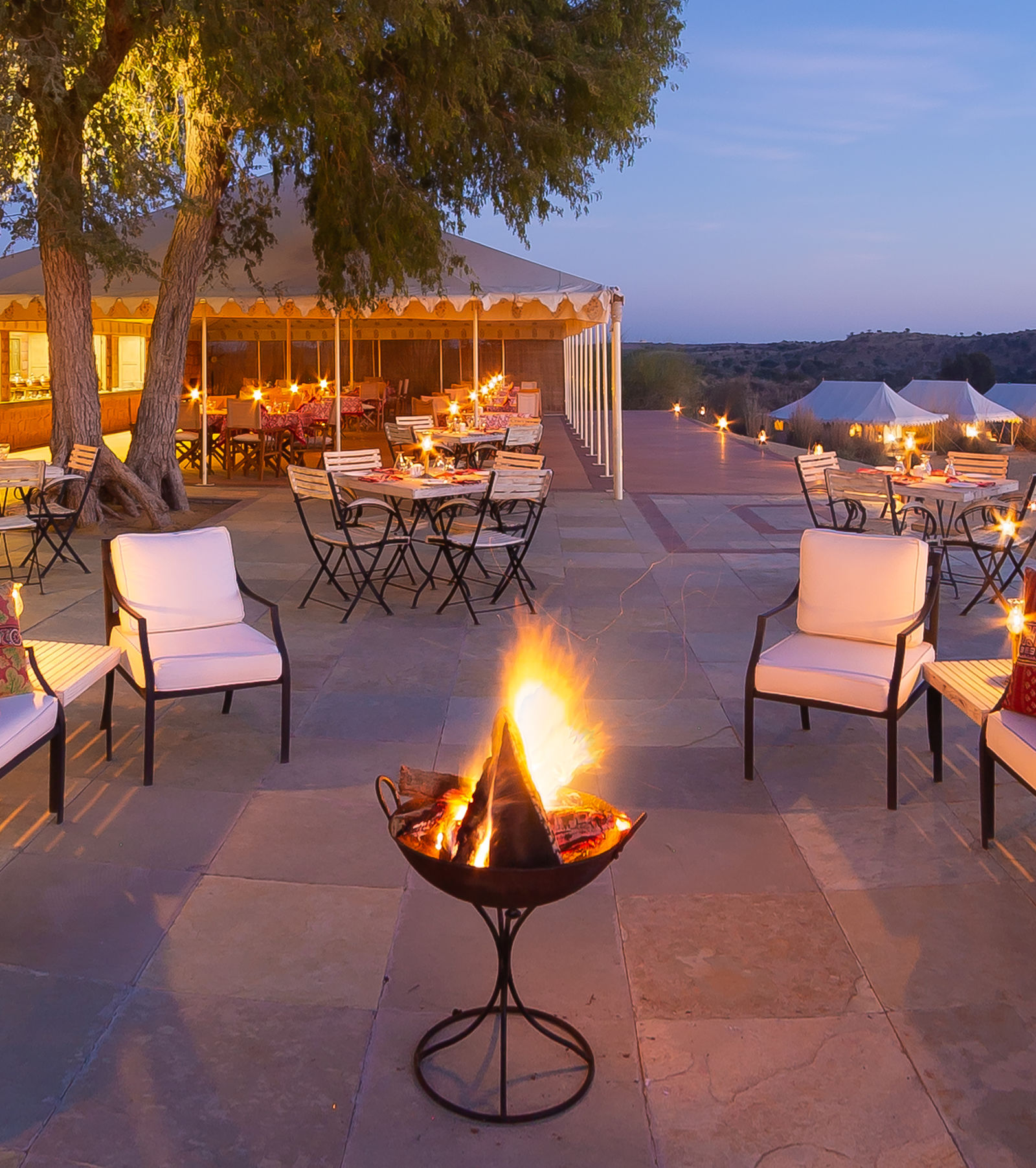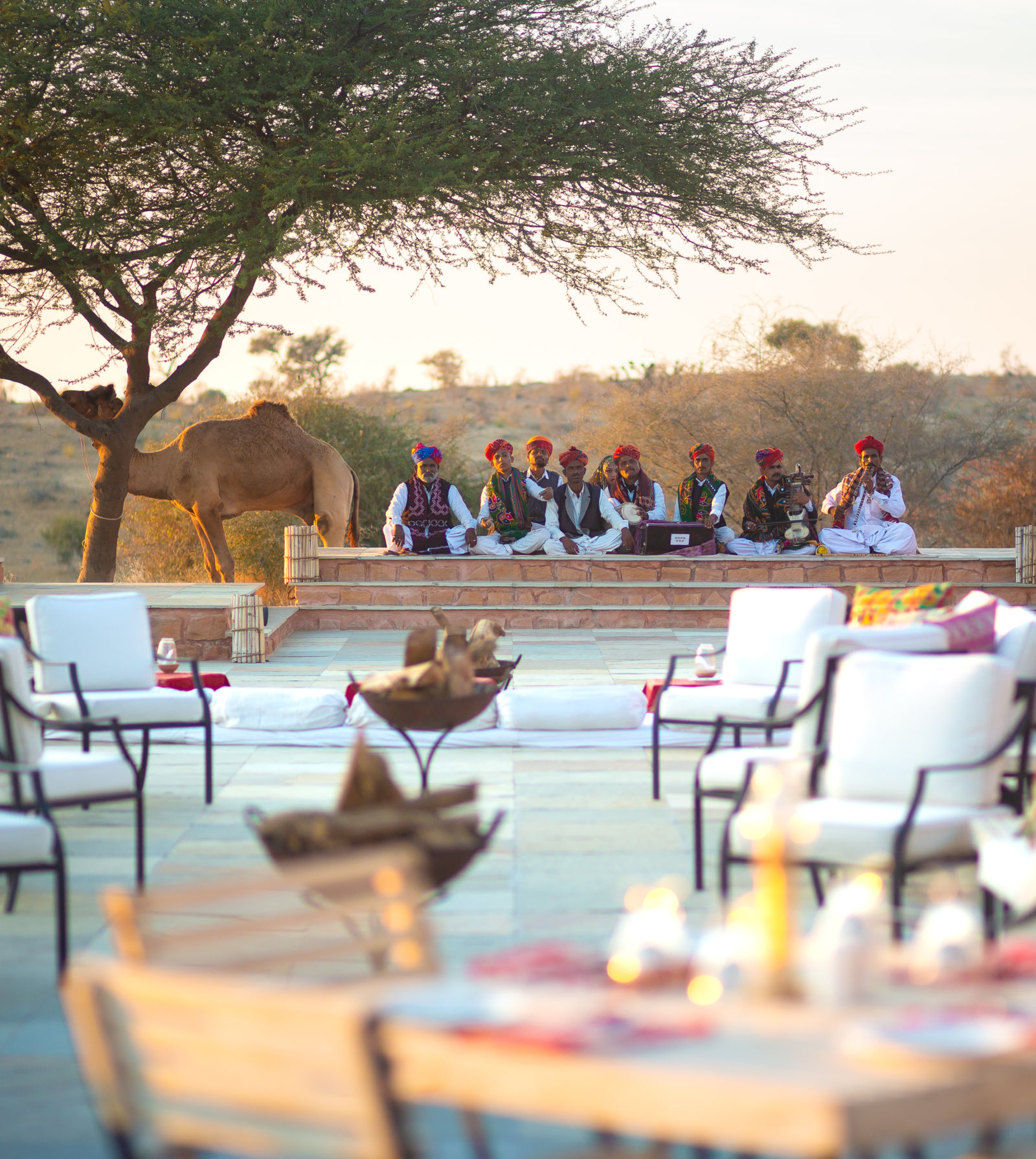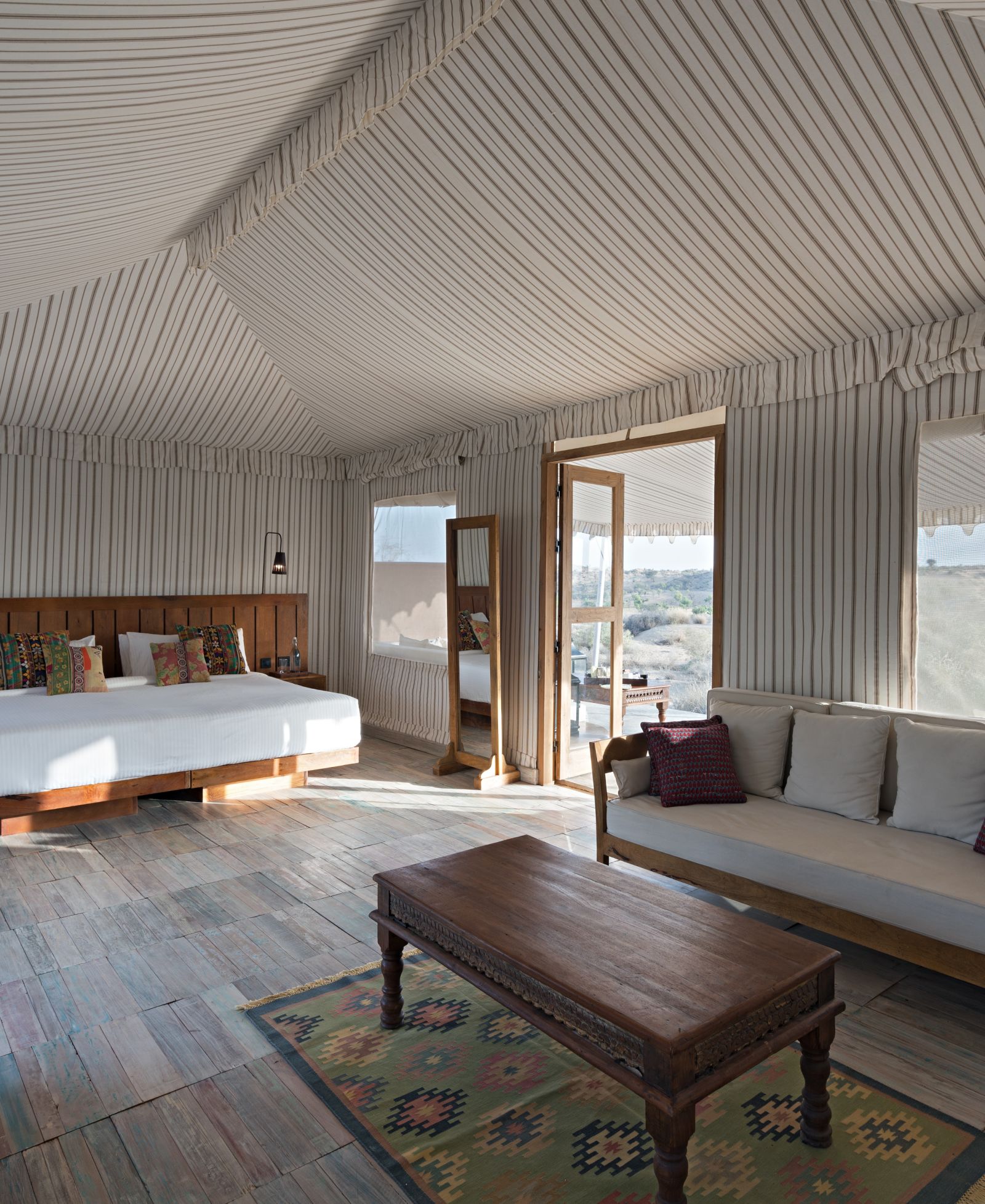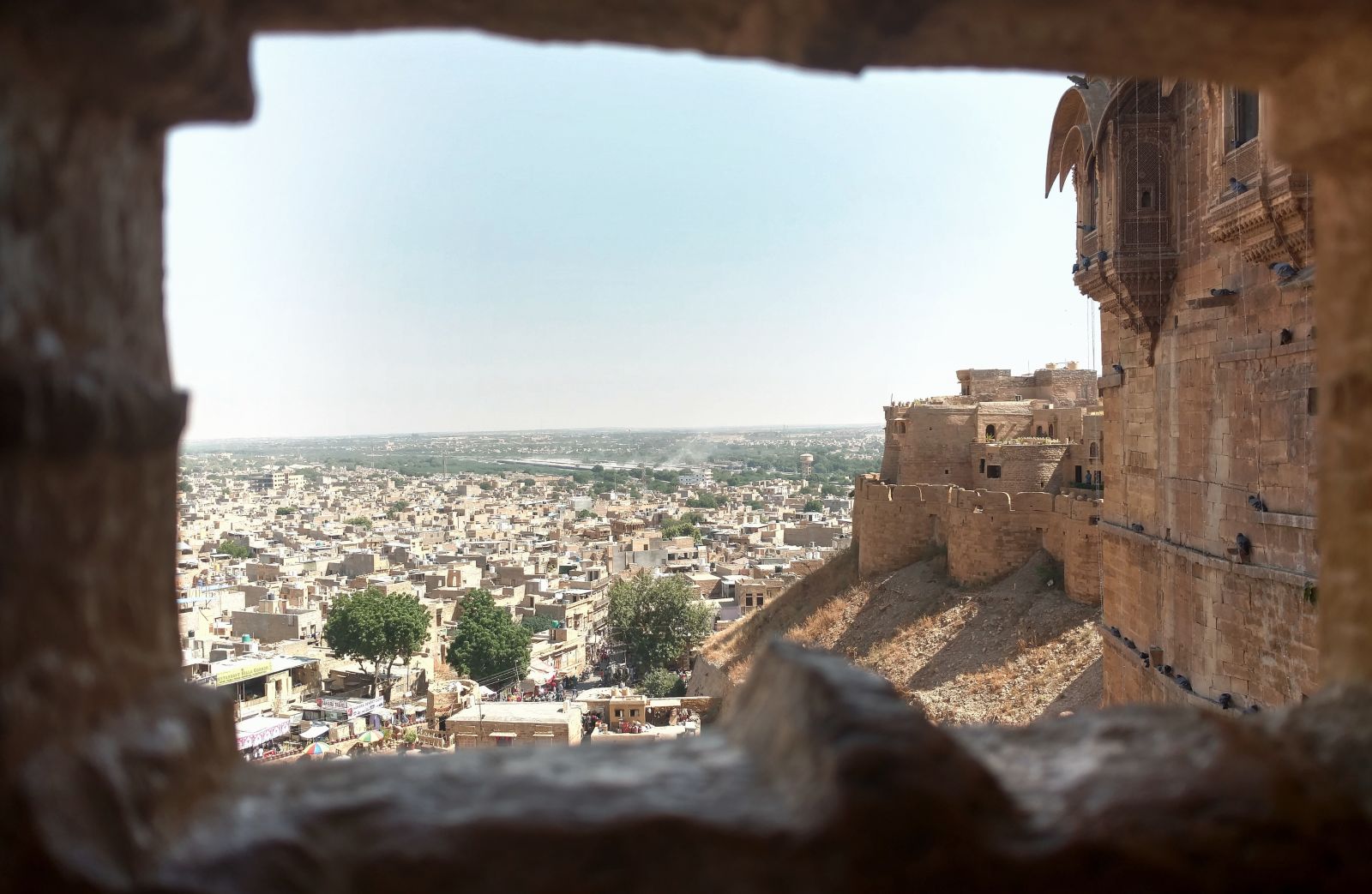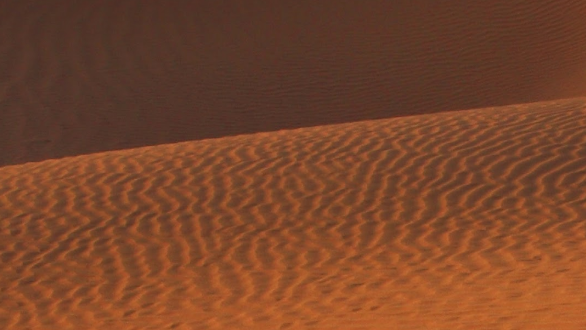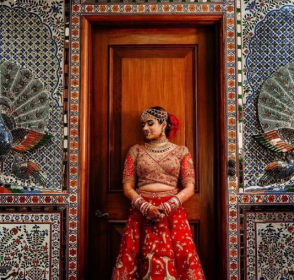MANVĀR Resort and
Desert Camp Near Jaisalmer
Unearth the allure of the Thar Desert at MANVĀR Resort & Desert Camp, a desert oasis unlike any other. Our desert haven beckons you to immerse yourself in the heart of Rajasthan's culture, offering thrilling adventures and the enchantment of dining beneath a starlit sky.
